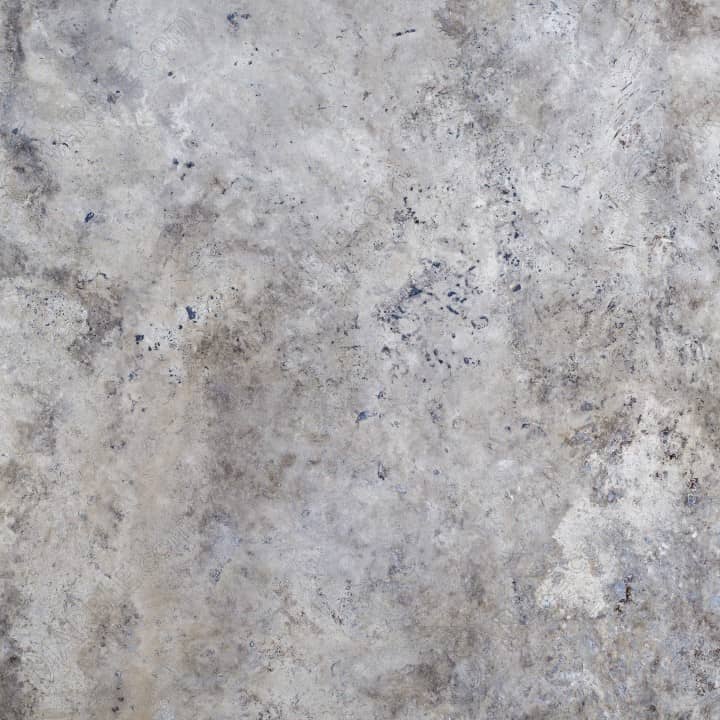Travertine is a natural stone that is gaining in popularity. While both marble and travertine can be considered limestone due to the high concentration of calcite minerals, their geological formation processes are very different.
Limestone forms through biological processes, but doesn’t become marble unless volcanic or magmatic events occur. With travertine, it starts out as limestone and then goes through a rapid sedimentary process made possible by water. The travertine quarries of Tivoli, a town located near Rome, were submerged millions of years prior to ancient builders extracting those materials to construct St. Peter’s Square and Basilica.
Travertine colors range from creamy whites and tans to earthy browns and coppers. This material is a great choice for both kitchen and bathroom countertops. Here are some tips on how you can ensure this stone looks beautiful and functions optimally for years to come.
Seal Your Counters Frequently
When compared with granite and marble, travertine is more of a porous stone, meaning it should be sealed often. Water and other liquids can stain the surface if not sealed regularly, at least once a year. Apply a fresh coat of travertine and granite sealer to your countertops. Not sure if it’s time to reseal? Pour some drops of water about three inches in diameter in different areas of the stone. If, after a half hour, you see dark marks or rings, you know it’s time to reseal the countertop.
Be careful when preparing foods and drinks on your travertine countertops, paying particular attention to spills of soda and red wine. Wipe up spills immediately. Also, avoid setting hot pans directly on the countertop, being sure to use trivets, coasters and placemats to protect it.
Use the Right Cleaner
Travertine, a form of limestone, can become soluble in hyperacidic conditions. That means that common household cleaners that contain chemicals will be too caustic or corrosive. Don’t use them. Use a stone-safe travertine and granite cleaner sans ammonia and phosphates, which can cause harm to your countertops.
If you use ammonia, bleach or other general household cleaners, these can leave a permanent stain. Look for a label that says “safe for natural stone,” which means the cleaner is pH neutral and safe to use.
Use Soft Cloths and Scrub Pads
Microfiber cloths are perfect for cleaning travertine countertops. Best part is, you can also use these when applying sealant and polish. Use scrub pads to remove substances that have become stuck to the surface. Just check to make sure they’re safe for use on travertine and other natural stones.
Deep Clean Periodically
Every once in a while, you’ll want to schedule a deep cleaning day for your travertine countertops. First, clean it with the approved cleanser and wait for the surface to dry. Then apply the sealant, working it into the stone. It should cure for about 24 hours before you polish and buff it.
Contact Granite Guy
To get more information on our travertine countertops or to book your consult, contact us at 508-460-7900 or fill out our online form.

